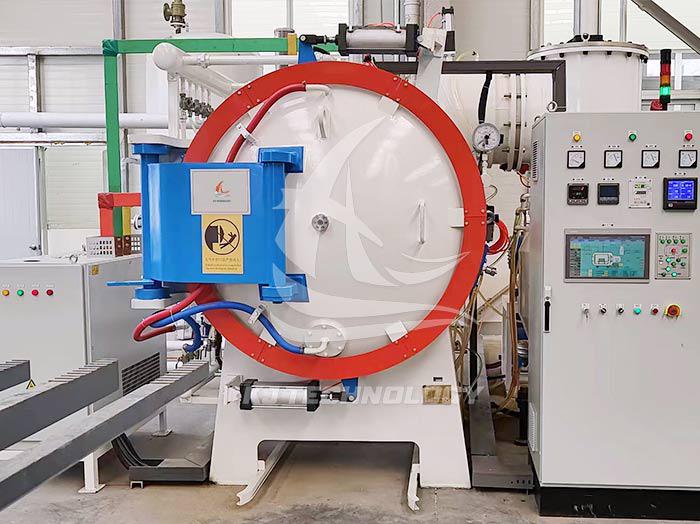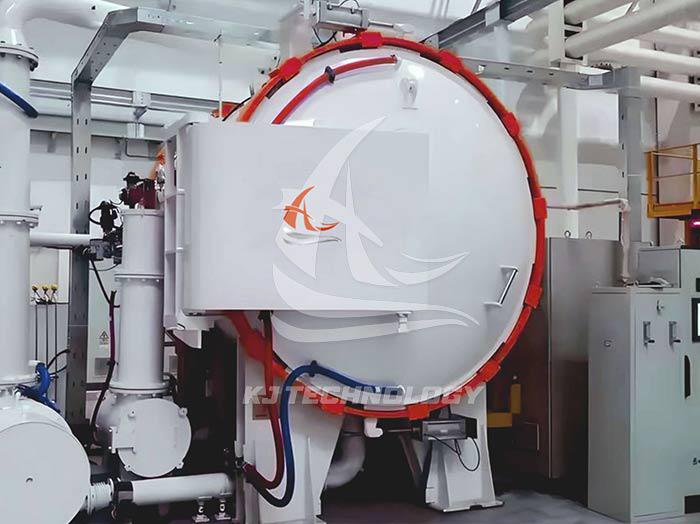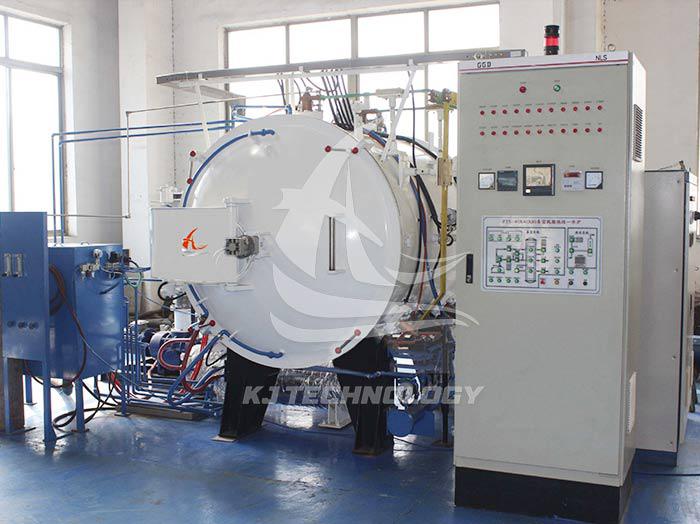What is the difference between high-temperature vacuum brazing furnace and ordinary vacuum furnace?
 03-24-2025 Author: KJ technology
03-24-2025 Author: KJ technology
There are several key differences between high-temperature vacuum brazing furnaces and ordinary vacuum furnaces, which are mainly reflected in their working temperature, application purpose, structural design, and certain specific functions. Here is a detailed comparison between the two:
Working temperature:
High temperature vacuum brazing furnace: designed to operate at very high temperatures, typically capable of reaching and maintaining temperatures above 1000 ℃, or even higher, to meet the high temperature requirements during brazing processes.
Ordinary vacuum furnace: The working temperature range is relatively wide, but it usually does not reach the high temperature of a high-temperature vacuum brazing furnace, and may be suitable for lower temperature heat treatment or processing.
Application purpose:
High temperature vacuum brazing furnace: mainly used for brazing process, which uses high temperature to melt the brazing material and fill the gaps between the welded parts, achieving precise connection of parts.
Ordinary vacuum furnace: may be used for various heat treatment processes such as annealing, quenching, tempering, as well as certain specific processing processes such as vacuum sintering, vacuum evaporation coating, etc.
Structural design:
High temperature vacuum brazing furnace: typically requires a more robust and heat-resistant structure to withstand thermal and mechanical stresses at high temperatures. At the same time, in order to ensure precise control of the brazing process, the furnace may be equipped with special heating elements, temperature measuring elements, and atmosphere control systems.
Ordinary vacuum furnace: The structural design may be relatively simple, and depending on specific heat treatment or processing requirements, special high-temperature resistance or complex control systems may not be required.
Specific functions:
High temperature vacuum brazing furnace: may be equipped with special brazing process control functions, such as precise temperature control, rapid heating/cooling ability, atmosphere control (such as filling inert gas protection), etc.
Ordinary vacuum furnace: Depending on application requirements, it may be equipped with different functions such as temperature control, atmosphere control (which may be inert gas, reducing gas, or vacuum environment), pressure control, etc.
Materials used:
High temperature vacuum brazing furnace: Due to the high working temperature, the requirements for furnace body materials are also higher, usually requiring the use of high-temperature and corrosion-resistant alloy materials or ceramic materials.
Ordinary vacuum furnace: Depending on the working temperature and application requirements, different types of materials may be used, such as stainless steel, titanium alloy, or other suitable materials.
In summary, there are significant differences between high-temperature vacuum brazing furnaces and ordinary vacuum furnaces in terms of working temperature, application purpose, structural design, specific functions, and materials used. The choice of which type of vacuum furnace to use depends on specific processing requirements, process requirements, and budget considerations.








